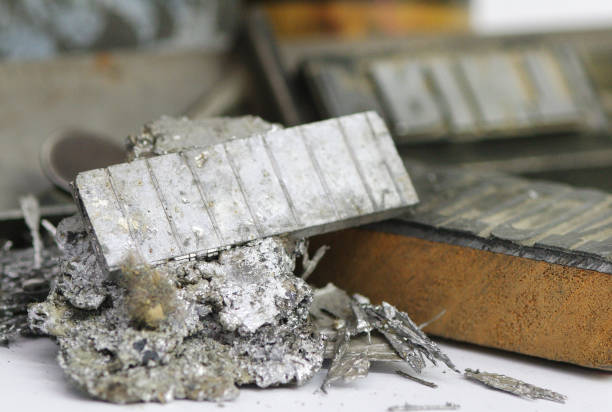The scrap metal market is constantly shifting, driven by supply and demand, global trade conditions, and material quality. For those dealing in scrap, understanding and maximizing scrap premiums can make a notable difference in profits. Scrap premiums, which refer to the additional price paid for specific grades or types of scrap metal above the base market price, fluctuate with the market. Knowing how to leverage these premiums effectively can position you to benefit in both strong and weak market conditions.
In this article, we’ll explore several strategies for making the most of scrap premiums by optimizing your understanding of market dynamics, timing, and relationships with buyers.
1. Understand the Value of Scrap Premiums
The first step in benefiting from scrap premiums is understanding what drives them. Premiums often vary based on the type and quality of metal, as well as supply and demand factors unique to each market segment. For instance, aluminum or copper scrap in pristine condition often commands higher premiums due to its ready recyclability and quality. Conversely, lower-quality scrap might yield little or no premium, especially when market supply is high.
It’s essential to stay informed on the specific scrap types in demand in your region. Regularly monitoring price trends and industry reports allows you to identify which metals are currently enjoying higher scrap premiums.
2. Timing is Key: Watch Market Cycles
Markets are cyclical, and scrap premiums(Skrotpræmie) rise and fall in response to global economic trends and local supply chains. Prices can fluctuate weekly, and for some commodities, even daily. By closely observing these cycles, you can time your selling to align with market peaks.
For example, construction booms, automotive manufacturing peaks, or infrastructure projects can all increase demand for specific metals, raising the scrap premiums for these materials. Selling during these high-demand periods can maximize your returns, while selling during low-demand times may require you to hold off until premiums recover. Proper timing allows you to strategically leverage scrap premiums when they’re at their highest.
3. Build Strong Relationships with Buyers
Establishing a strong network within the scrap metal industry can open doors to higher scrap premiums. Working directly with buyers who recognize the value of your product can often secure you more favorable prices. Many recyclers or manufacturers have specific needs for high-grade metals, and they may be willing to pay a premium for a reliable source.
Consider partnering with local processors or smelters who prioritize quality and consistency. By providing a steady supply of high-quality scrap and building a good reputation, you may be able to secure higher scrap premiums over time.
4. Optimize Your Collection and Sorting Processes
Quality is critical in the scrap business, and metal condition can greatly impact scrap premiums. Sorting and processing your materials to remove contaminants or separating higher-grade metal from lower-grade batches can increase the premium paid on your shipments.
Investing in sorting technology, such as spectrometers, or training employees to accurately classify metals can enhance your ability to command higher scrap premiums. Likewise, avoiding contamination and ensuring the scrap is clean will make it more appealing to buyers, who are more likely to pay a premium for quality.
5. Hedge Against Market Volatility
Since scrap premiums are highly sensitive to market conditions, some dealers use hedging as a way to manage risk. Hedging involves making investments that protect against adverse price movements, often through financial contracts in commodities markets. If you’re dealing with high volumes of scrap metal, hedging can provide some stability against sudden drops in scrap premiums. This can be particularly useful if your business relies on a consistent income stream from scrap sales, as it can protect your profits from downturns.
Final Thoughts
Making the most of scrap premiums is about understanding market conditions, building strong relationships, ensuring high quality, and timing your sales well. By optimizing these elements, you can navigate the scrap metal market more effectively and capture greater value from your scrap, regardless of market fluctuations.








